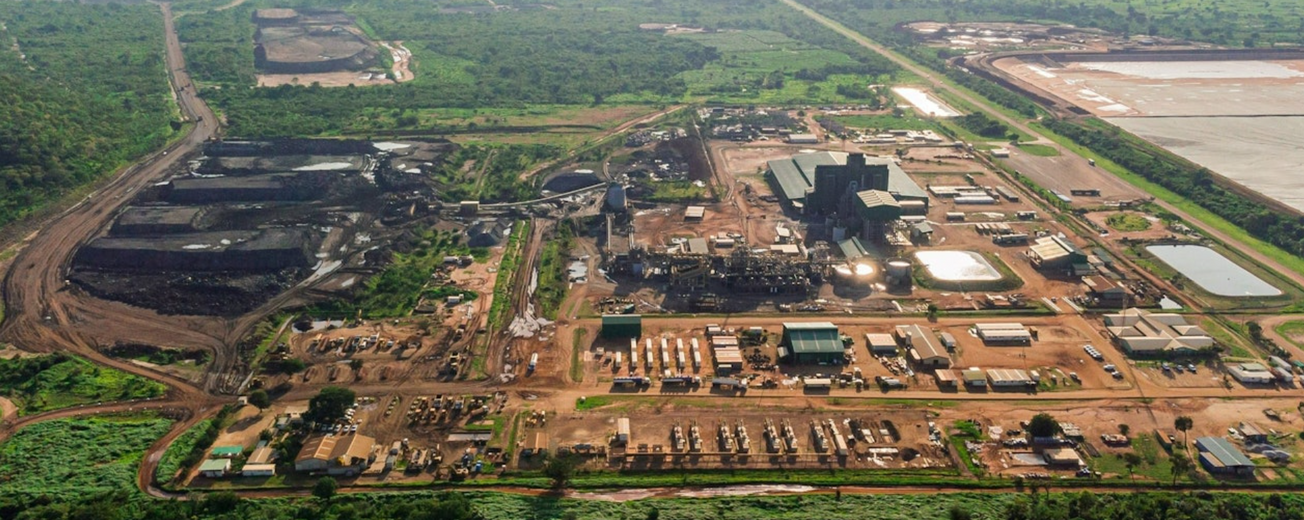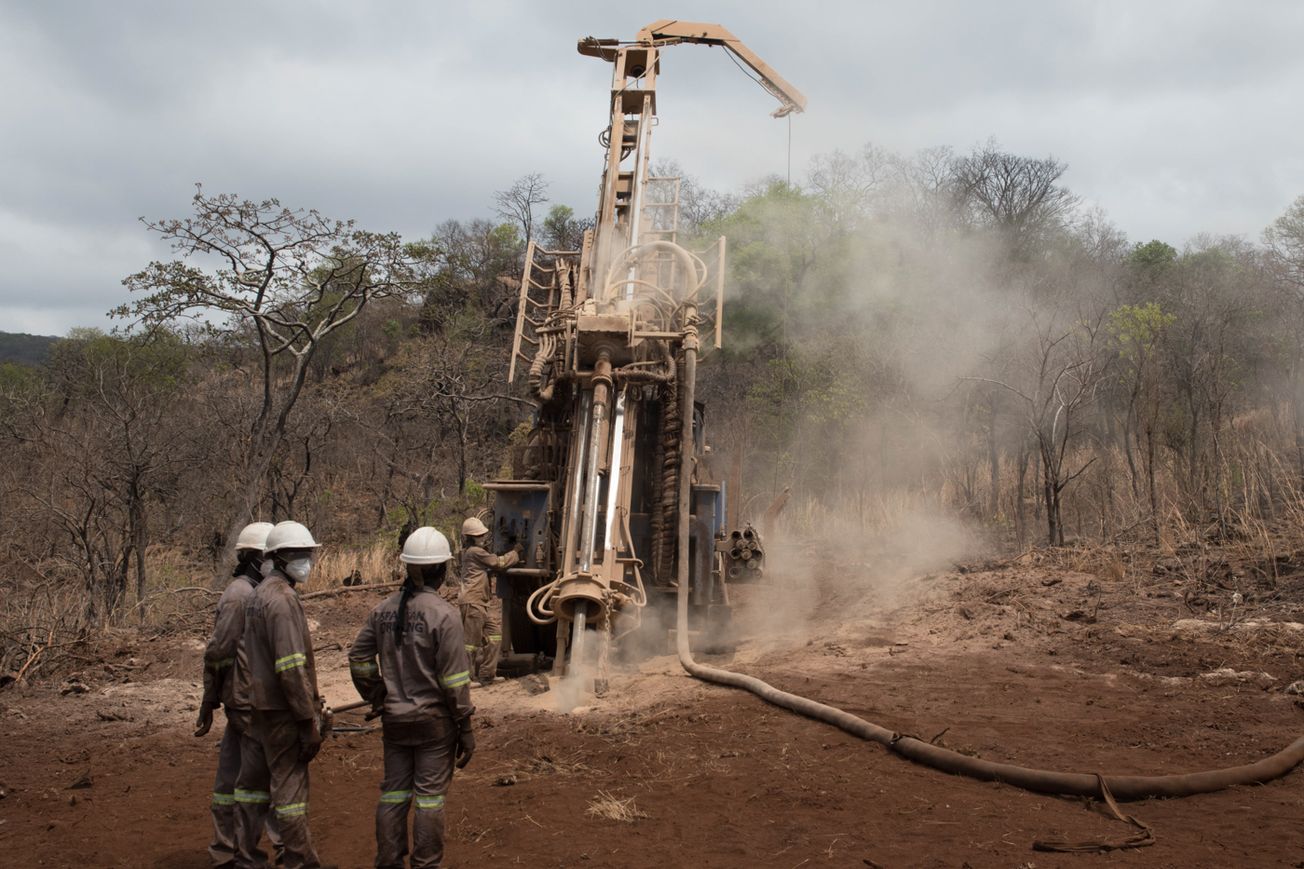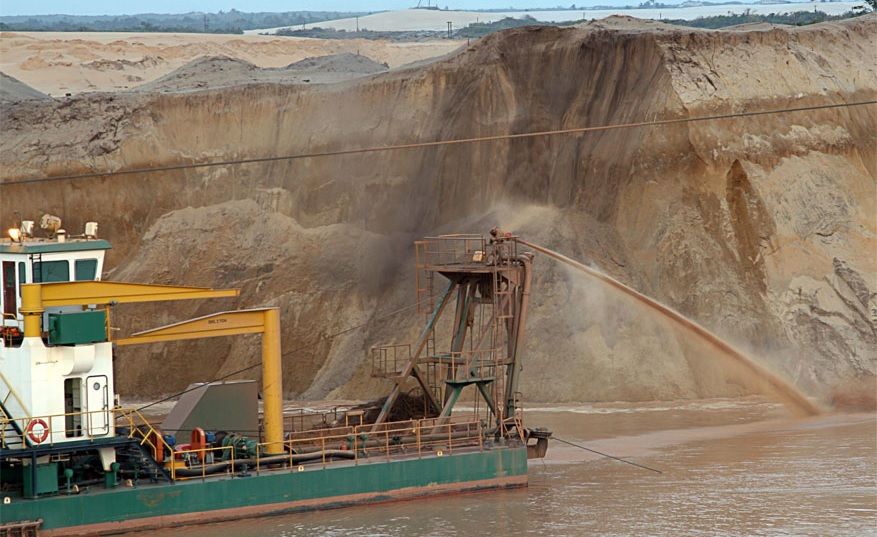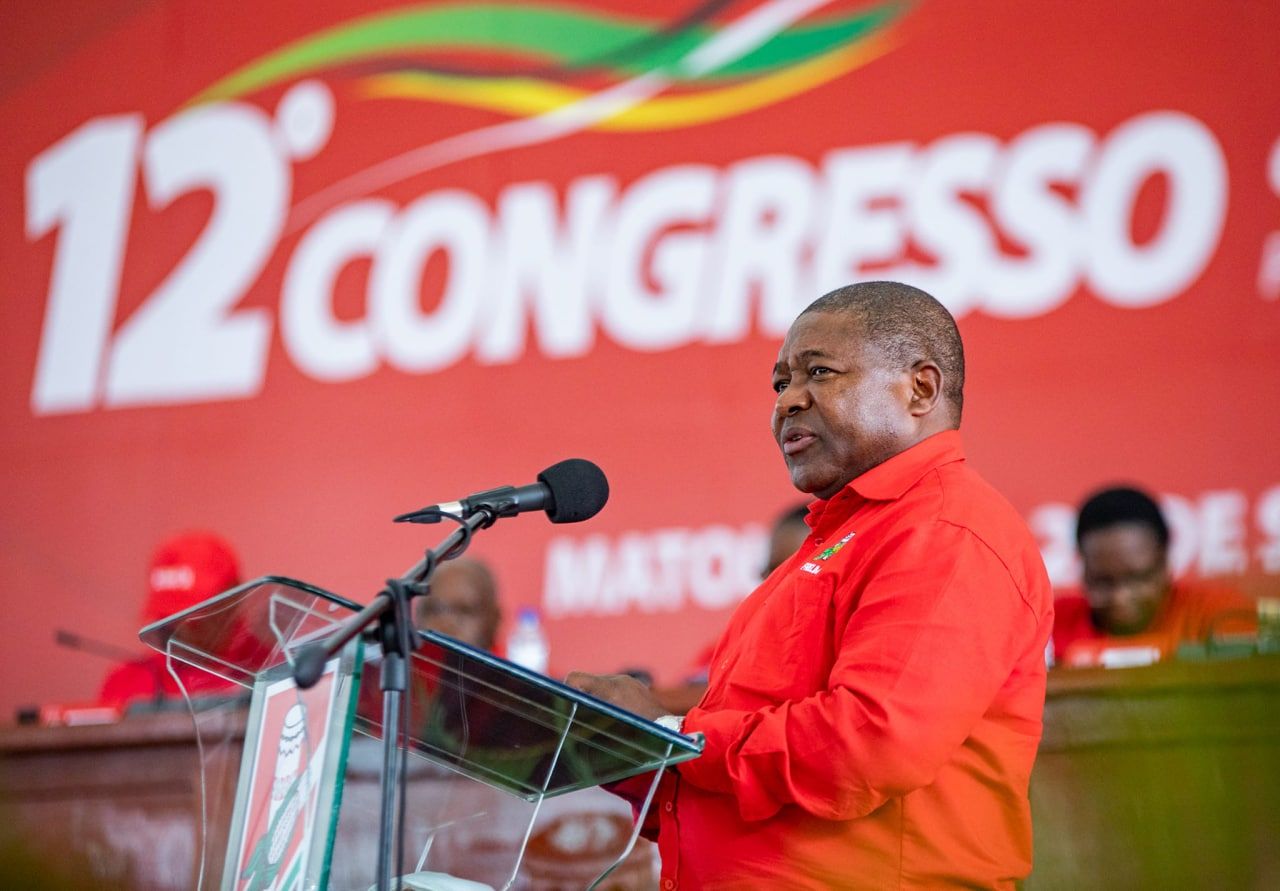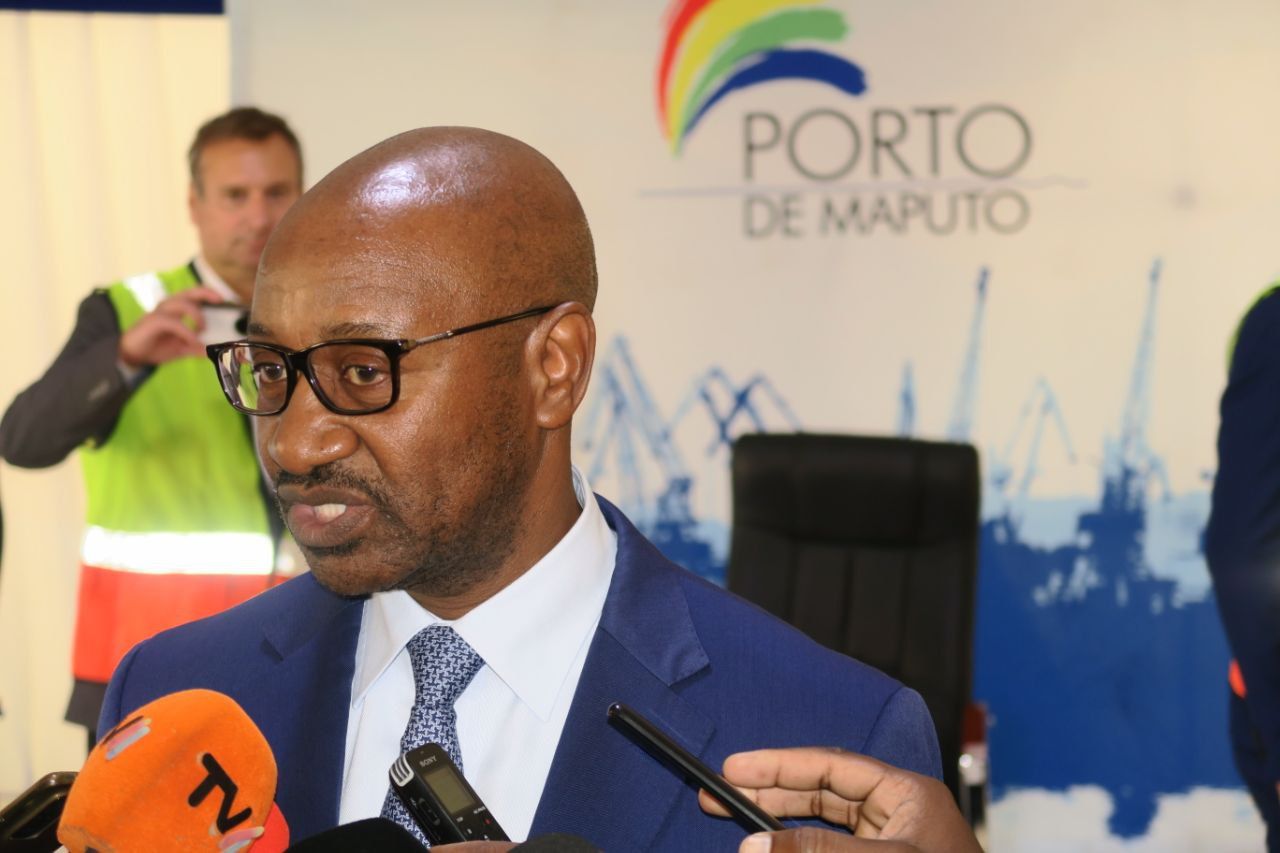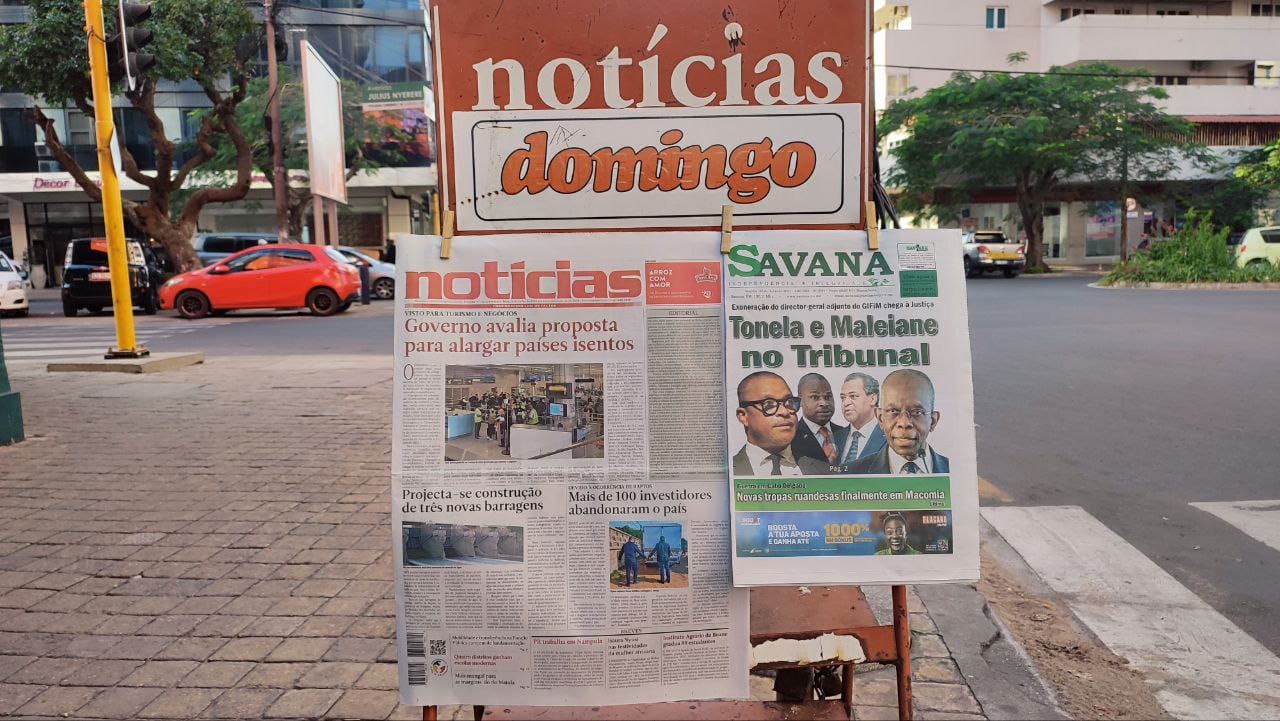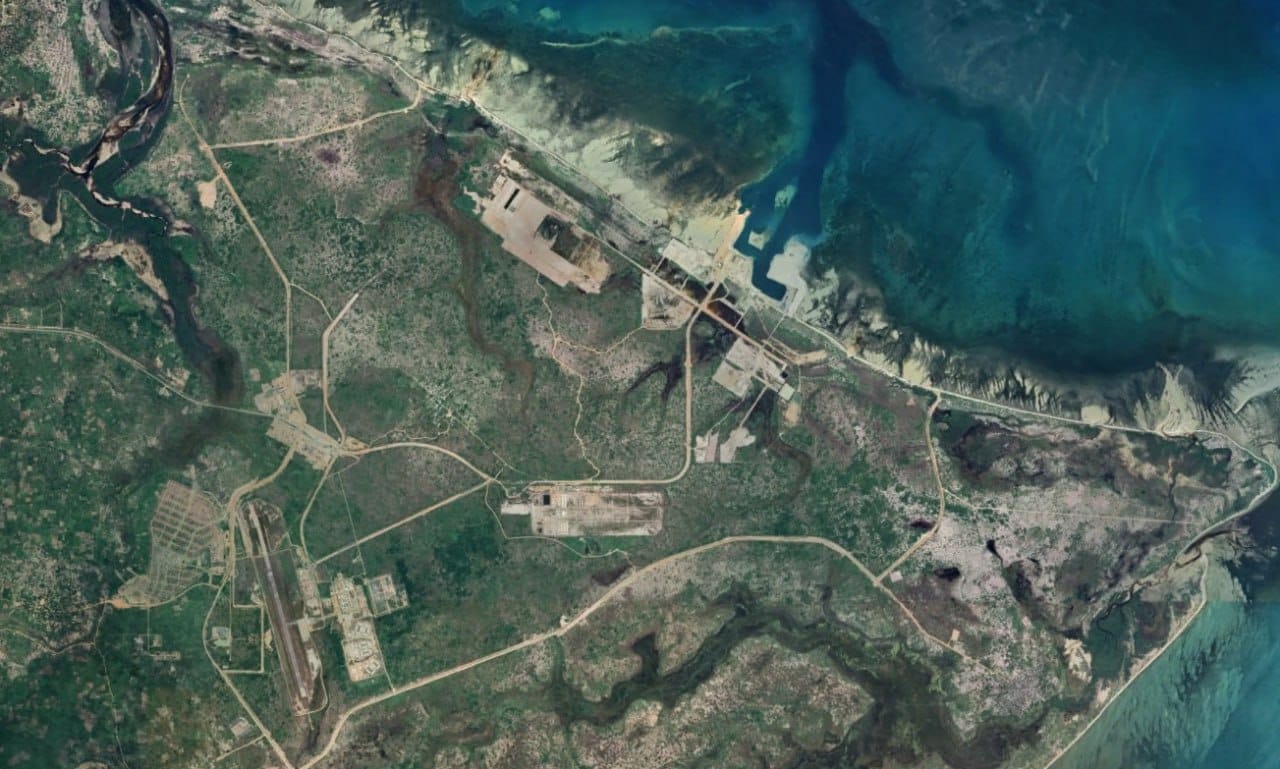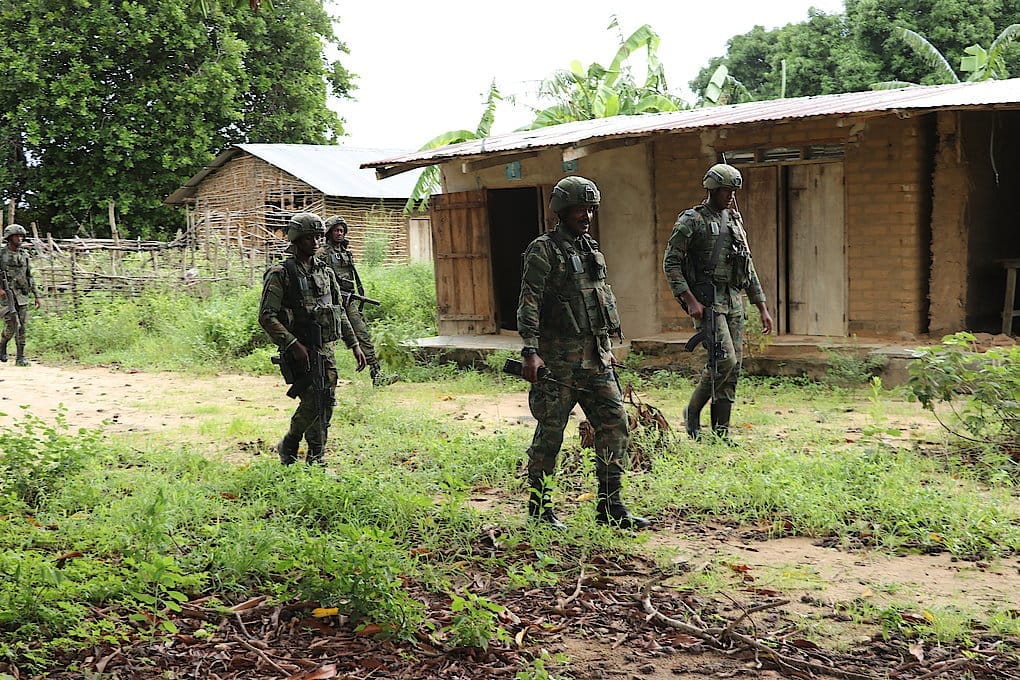Demand for electric vehicles (EV) reaches new heights every year, with sales expected to grow 35% this year, and graphite — an essential component in lithium-ion batteries used in EVs — has become a highly lucrative resource. Mozambique sits on one of the world’s largest graphite deposits and stands to play a pivotal role in the global EV supply chain. But its output is still dwarfed by China and the advent of synthetic alternatives threatens to stall Mozambique’s graphite industry just as it is taking off.
Currently, Mozambique provides nearly 10% of the world’s graphite — a figure which is set to increase to around 15% by the end of the decade, according to Benchmark Mineral Intelligence analyst Tony Alderson.
Most of Mozambique’s graphite potential is concentrated in its northern Cabo Delgado province, where Australian mining company Syrah Resources claims to operate the world’s largest graphite mine outside China. In the same province, British-registered firm Tirupati Graphite acquired two graphite mining operations in April with which it hopes to capture 8% of total global supply by 2030. Triton Minerals, another Australian company, is also developing a graphite mining operation in the province, close to the graphite mine of German-owned GK, the oldest such mine in Mozambique.
Tirupati’s figure of 8% of global supply “could be on the optimistic side,” Alderson told Zitamar, pointing out that worldwide prices and demand are currently too low for Mozambique’s mines to operate at full capacity. At present, Syrah has suspended production at its facility in the Balama district of Cabo Delgado, with the company announcing an ambition to restart operations by the end of the year, when they expect prices to rise sufficiently for operations to become financially viable again.
However, Alderson argues, Tirupati will benefit from its considerable graphite mining experience in Madagascar, and Mozambican graphite could enjoy tax breaks in the US thanks to the Inflation Reduction Act signed into law by President Joe Biden in August 2022.
Indeed, the US government sees Mozambique as a vital alternative to Chinese graphite, which currently accounts for around 70% of global supply. Last week it announced that the US Development Finance Corporation (DFC) will provide a loan of up to $150m to develop graphite mining and processing at Syrah’s graphite mine in Cabo Delgado to “diversify the global supply chain.”
Challenges ahead
“Syrah Resources has been successful in Mozambique as it offers a more geopolitically sensitive option for companies seeking to lower their reliance on Chinese supply chains,” argues Indigo Ellis, managing director of consulting firm Africa Matters. “However, as new sources of synthetic graphite come onstream in Europe and the US, this benefit becomes less attractive, and natural graphite’s benefits may no longer stack up against synthetic.”
Synthetic graphite is manufactured primarily by heating petroleum coke, a byproduct of oil refining, to an extremely high temperature. It is currently very energy intensive and expensive to produce, but its quality is much higher than natural graphite. It has also fallen in price by 20% this year, according to Benchmark Minerals.
“Synthetic graphite production is the most salient threat to Mozambican graphite. Its production has the power to dictate the market for Mozambique’s wares, as illustrated by Syrah Resources’ recent shutdown,” said Ellis.
Despite Mozambique’s massive mineral reserves, sustaining investment in the graphite industry could also be a challenge on account of the social and political instability in Cabo Delgado. “Insurgent attacks have delayed projects, workers’ strikes have stopped operations, diesel prices are high, there's a shortage of fertilisers due to the war in Ukraine, and food prices are on the rise — it's just not the best macroeconomic situation,” Alderson explained.
Chinese competition
Although Mozambique’s relatively infant graphite industry has already eaten a chunk out of China’s global market share, it is still a long way behind its largest competitor. Mozambique produced around 50,000 tonnes of graphite last year, compared to China’s approximately 850,000 tonnes.
According to Ellis, if Mozambique is to seriously compete at the international level, it will have to develop the infrastructure to refine, as well mine, graphite. Until the insurgency in Cabo Delgado is neutralised, the requisite investment is unlikely to materialise.
But the world’s growing hunger for graphite gives hope that Mozambique will overcome these challenges. Mario Deus, a mining specialist and director of Gondwana Consulting, points to the ‘supermaterial’ graphene, derived from graphite, as a potential opportunity for Mozambique. Although it is currently too expensive to be commercially viable on a mass scale, it has the potential to revolutionise industry as it is lightweight and flexible, extremely conductive, acid-resistant, and can withstand temperatures of around 1,000 degrees celsius.
Mozambique may also be able to attract “greener-minded investors” who are put off by poor environmental standards that pervade China’s graphite industry, Ellis told Zitamar. Furthermore, natural graphite has a smaller environmental footprint to produce than synthetic graphite, which may keep it in contention even as the cost of synthetic graphite becomes more competitive. Benchmark Minerals estimates that synthetic graphite anode production “can be over four times more carbon intensive than natural graphite anode production, due to its use of energy and fossil fuels as a feedstock.”
Even China recognises Mozambique’s graphite potential, as the Chinese company DH Mining Development Limited intends to invest $30m in a graphite mine in the Nipepe district of Niassa province, which it will operate when it comes online in 2024.
Although political instability in Cabo Delgado and a general lack of infrastructure has made Mozambique seem a risky investment, the sheer momentum behind electric vehicles and other technologies means its graphite industry is set to enjoy a prosperous future. That is, at least, unless and until synthetic graphite can match the cost of natural graphite at scale.
This article by Zitamar News was supported by the African Climate Foundation.

